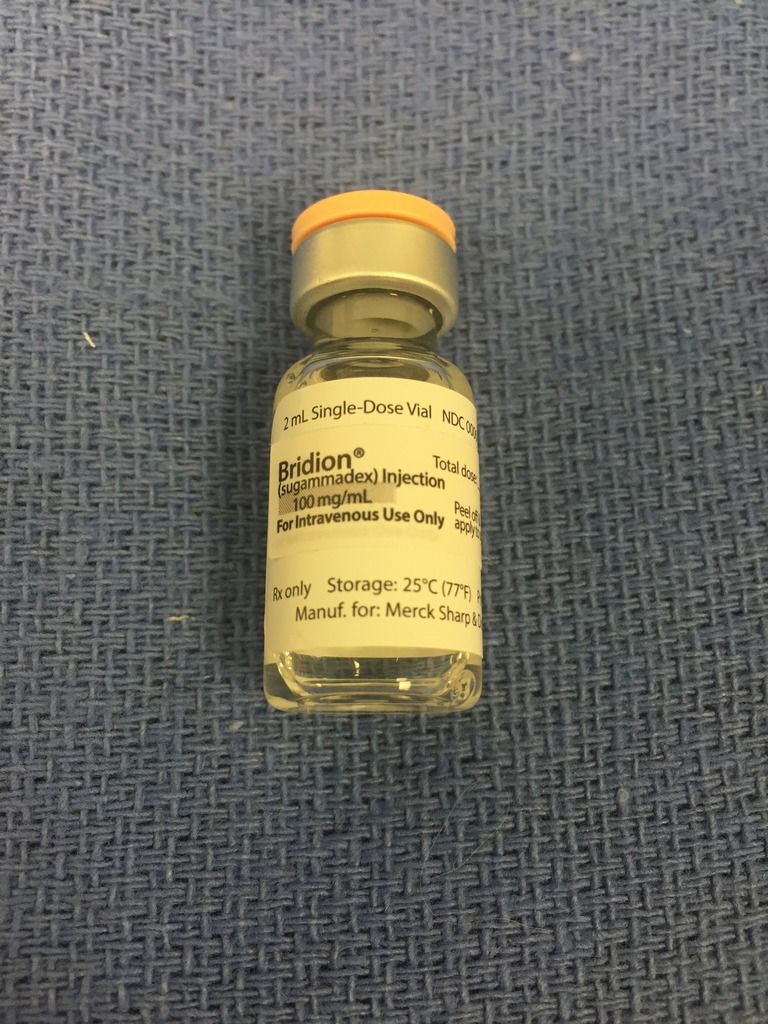We use it almost exclusively since about a month after it was approved. Thousands of cases. Cost for us is $16 different than the combo. It is just plain that much better that there is no reason to use a sloppy combination of drugs.
Almost always use the low dose of 2/kg. Only time you need more is if they are WAY over dosed on roc, which we do a fair amount more often for the really picky surgeons.
From what I have read, most issues are dose dependent, so these lower doses are safer. Really though, there is no issue with giving some, then giving more later if they are still weak, and the low dose does well enough even if they are pretty weak.
So far no noted side effects or increased issues in recovery room. In fact, we have better respiratory mechanics frequently, which goes along with the general consensus that we were not reversing people as much as we should before. PACU time is a little down overall last quarter, but we have been doing other stuff too. Nobody has come back and told us they became pregnant due to failed birth control yet either.
And yes, we just use cis when something unexpected happens.
Oh, and if you havent used it, hook up the quantitative twitch monitor at every 15 seconds and watch the reversal. You will be sold.
Sent from my iPad using SDN mobile app



